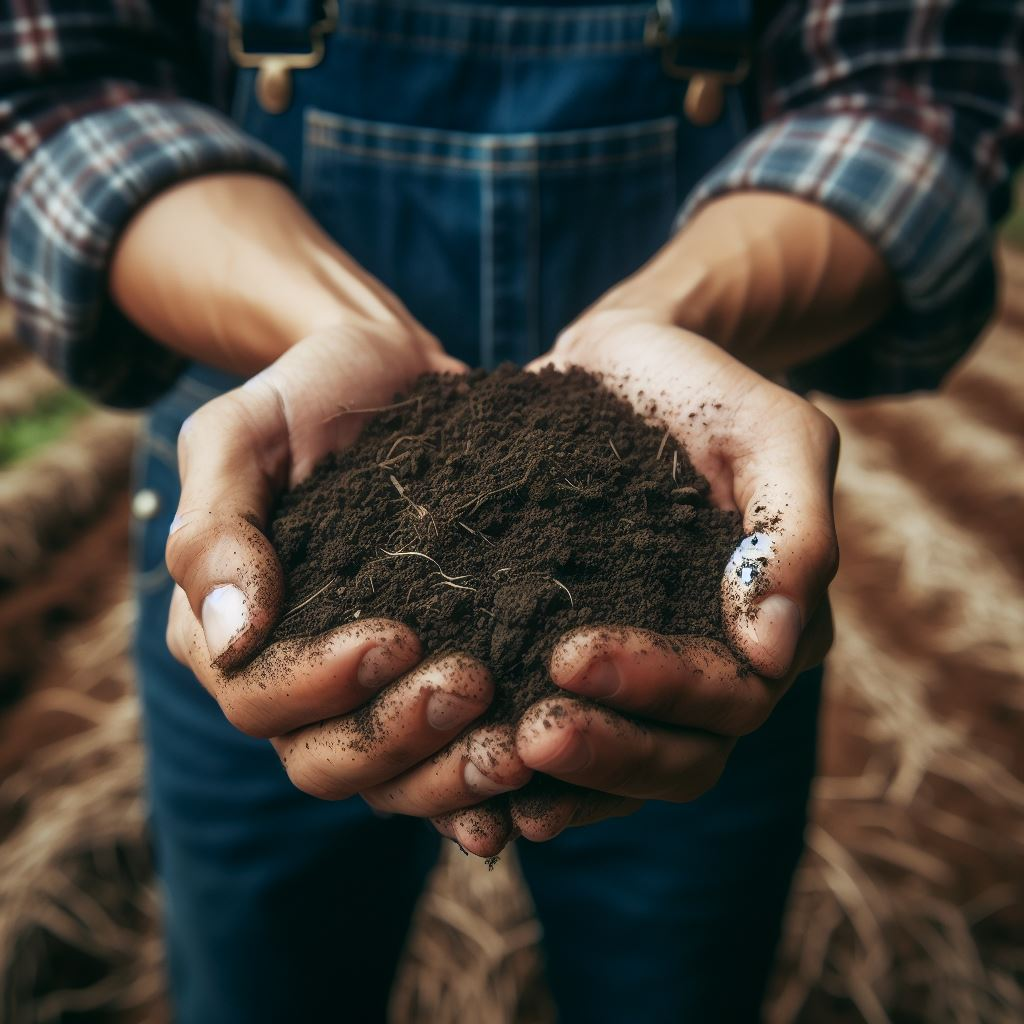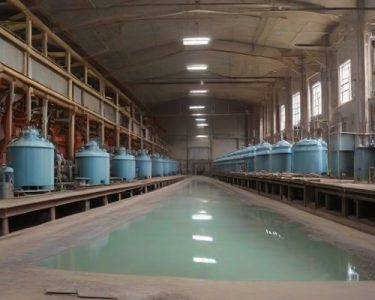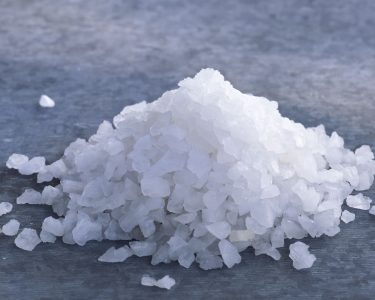Soil conservation is a critical component of sustainable agriculture, ensuring the long-term health and productivity of our farmlands while minimizing environmental impact. In this comprehensive guide, we’ll learn into the importance of soil conservation, explore effective techniques, discuss challenges, and provide practical insights for promoting sustainable farming practices.
Understanding Soil Conservation
Soil conservation involves the implementation of strategies to prevent soil erosion, maintain soil fertility, and protect against degradation. Healthy soil is essential for growing crops sustainably, as it provides essential nutrients, supports root systems, and retains water. Conservation practices aim to preserve and enhance soil quality for current and future agricultural needs.
Importance of Soil Conservation in Sustainable Agriculture
1. Preserving Soil Fertility
Soil conservation practices help maintain soil fertility by preventing nutrient depletion and erosion. This ensures that crops receive adequate nutrients for optimal growth without relying heavily on synthetic fertilizers.
2. Preventing Soil Erosion
Erosion is a major threat to soil health, often caused by wind, water, or unsustainable farming practices. Conservation methods like contour plowing, terracing, and cover cropping help minimize erosion, preserving valuable topsoil.
3. Enhancing Water Quality and Quantity
Healthy soils with good structure and organic matter content can absorb and retain water efficiently. Soil conservation techniques such as no-till farming and agroforestry promote water infiltration and reduce runoff, improving water quality and availability.
4. Mitigating Climate Change
Soil conservation contributes to climate change mitigation by sequestering carbon dioxide in the soil. Practices like composting, crop rotation, and planting cover crops enhance soil organic carbon, reducing greenhouse gas emissions.
Key Techniques for Soil Conservation
1. Conservation Tillage
Reducing or eliminating tillage helps preserve soil structure, organic matter, and beneficial soil organisms. No-till and reduced tillage practices minimize soil disturbance and erosion while maintaining crop productivity.
2. Cover Cropping
Cover crops like legumes and grasses protect bare soil from erosion, suppress weeds, and improve soil fertility through nitrogen fixation. They also enhance soil biodiversity and reduce the need for synthetic inputs.
3. Contour Farming
Contour farming involves planting crops along the natural contours of the land, creating ridges and furrows that slow water runoff and minimize erosion. This technique is particularly effective on sloping terrain.
4. Agroforestry
Integrating trees and shrubs into agricultural landscapes helps stabilize soil, enhance biodiversity, and provide additional income sources. Agroforestry systems like alley cropping and windbreaks protect soil from erosion and improve microclimate conditions.
Challenges and Considerations
Despite its benefits, soil conservation faces challenges such as:
- Farmers’ Awareness and Education: Encouraging adoption of conservation practices requires awareness campaigns and training.
- Cost and Investment: Implementing soil conservation techniques may involve initial costs for equipment and infrastructure.
- Policy and Incentives: Governments need to provide incentives and support for farmers adopting sustainable soil management practices.
Frequently Asked Questions (FAQs)
1. Why is soil conservation important in agriculture?
Soil conservation is crucial for maintaining soil fertility, preventing erosion, improving water quality, and mitigating climate change, ensuring sustainable food production.
2. What are some common soil conservation techniques?
Common soil conservation techniques include conservation tillage, cover cropping, contour farming, agroforestry, and erosion control measures.
3. How can farmers practice soil conservation?
Farmers can practice soil conservation by adopting no-till or reduced tillage methods, planting cover crops, implementing contour farming, and integrating trees into their fields.
4. What are the benefits of cover cropping?
Cover cropping improves soil fertility, suppresses weeds, prevents erosion, enhances biodiversity, and reduces the need for synthetic fertilizers and pesticides.
5. How does soil conservation contribute to climate change mitigation?
Soil conservation practices enhance soil organic carbon sequestration, reducing greenhouse gas emissions and mitigating climate change.
Conclusion
Soil conservation is fundamental to sustainable agriculture, ensuring the preservation of Earth’s vital resource for future generations. By implementing effective conservation techniques and addressing challenges, farmers can promote soil health, enhance productivity, and contribute to a more resilient and environmentally friendly food system. Soil conservation practices are not only essential for agricultural sustainability but also for safeguarding the foundation of our planet’s ecosystems.







